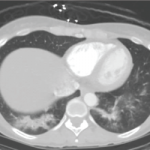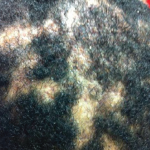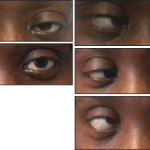Mirtazapine has been prescribed off-label to fibromyalgia patients who have not responded to other treatments. However, a recent systemic review found no difference between mirtazapine and placebo for these patients, and any potential benefits from mirtazapine may not outweigh its potential harm, including drowsiness, weight gain and liver damage…








